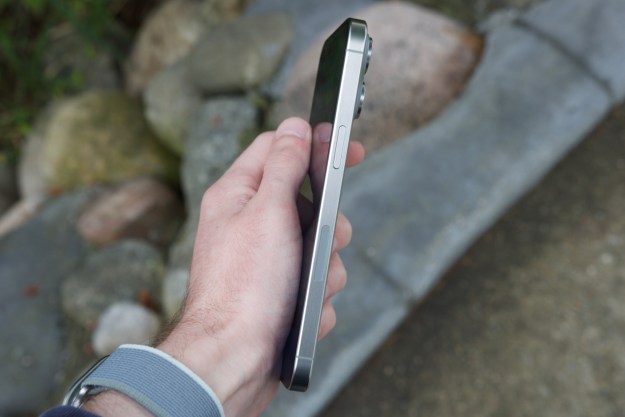
Last month, the Federal Communications Commission voted to reverse net neutrality regulations. The repeal means internet providers are one step closer to no longer being required to give consumers equal access to online content. But how do we know if carriers aren’t already violating net neutrality? This week, we have an app that will help you to see the extent that your provider is slowing down or even speeding up certain apps.

Companies like Google or Netflix won’t simply allow researchers to run arbitrary tests on their infrastructure. So, Wehe records the network traffic that the apps (Youtube, Netflix, Amazon, and more) generate when people are using those apps, and then uses its own servers to simulate what is happening.
When running tests through the app, Wehe replays the traffic that it recorded pertaining to a specific app and sends it in the exact same way. This will measure the amount of throughputs it gets — which in this case is megabits per second.
It then runs a test to see what your network provider is giving you if it’s an app it doesn’t recognize, by scrambling up the megabits in the network traffic. It then measures the throughput when sending the exact same amount of data in the exact same way.
By comparing these two tests, you’re able to see if your provider is throttling based specifically on the content. Users tend to get faster download speeds when the app sends traffic that is scrambled versus when providers are able to actually recognize what’s being sent.
Wehe specifically looks at applications that do video streaming and audio streaming. This is because these apps are bandwidth-intensive and could compete with a provider’s core business such as telephone calls — which is why an app like Skype is included as a test you can run.
“We have seen over the past few years that when there is throttling, it tends to focus on video traffic — and that makes sense because video traffic is the dominant source of load in terms of network traffic,” David Choffnes, Wehe’s creator, told Digital Trends. “As a result, we wanted to make sure that we picked apps that are popular, not just in the U.S. but worldwide, and that would likely be targets for something like application specific throttling.”

Currently, the app only includes Amazon, YouTube, NBCSports, Netflix, Skype, Spotify, and Vimeo. But going forward, there will be more to choose from. While there is the option of running network traffic from its own users to add to the library of apps available, Wehe wants to stay extremely privacy-conscious, since the traffic could contain personal information. Instead, Choffnes explained the app will use its own network traffic on its own servers which will take some time.
Using Wehe is simple and only takes a few minutes. After downloading the app, you’ll be brought to a list of apps that you can toggle on or off to run tests on. You’ll then tap “Run Replays” in the right-hand corner and it’ll begin to run the tests. After running the replays, you’ll then see one of two results — “No differentiation detected” or “Differentiation detected.”
If there’s differentiation detected, this means your carrier is throttling download speeds on a specific app. If it looks like they’re both being treated equally, then you’ll see “No differentiation detected.”
Under the “Previous Results” tab, you can see more information, such as exactly how many megabits per second your carrier streamed each app. This is also where your history of tests will be stored in case you want to refer back to it later on.
The app offers an online dashboard to view as well. This is where you can see a collection of Wehe’s results from other users — which are all anonymous. Using the dashboard, you can see what other users received for specific apps under the same network provider.
Editors' Recommendations
- Worried about the TikTok ban? Here are 5 TikTok alternatives you should use
- Everything you need to know about the massive Apple App Store outage
- Your iPhone just got a new iOS update, and you should download it right now
- No, the Journal app on your iPhone isn’t spying on you
- 7 hidden iMessage features you need to be using





